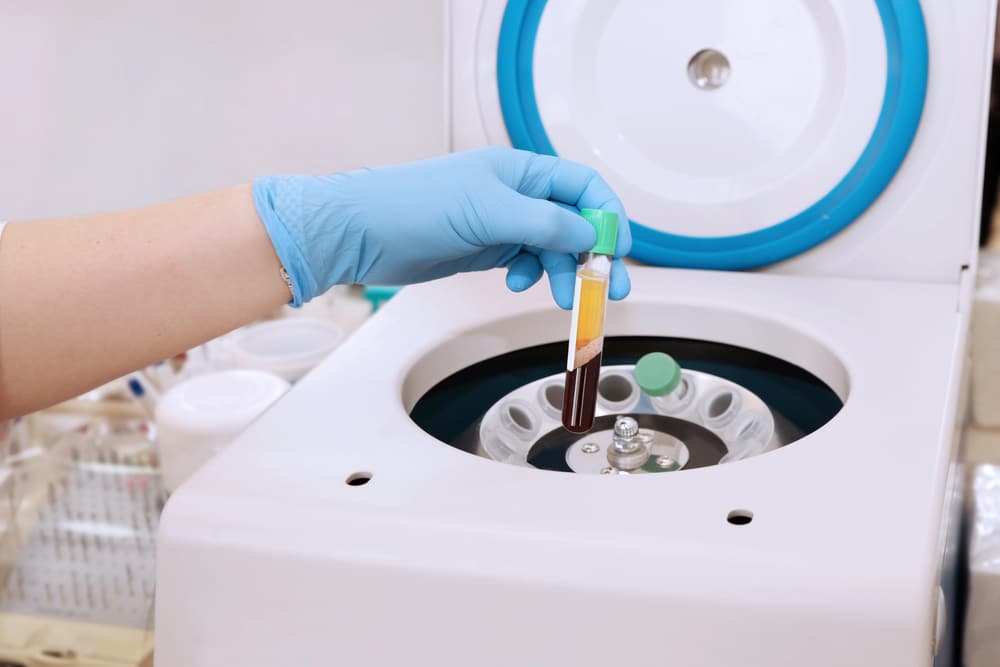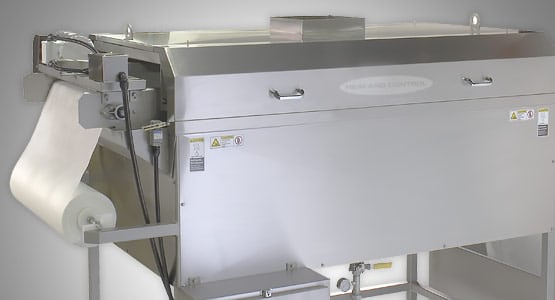New to filter presses? Consider this.
According to LinkedIn:
During our career we often realized that especially new engineers or first time users do have a completely different understanding of the working principle of a filterpress – it certainly not operates like an orange juice press where juice is squeezed out while pressing the orange itself. We want to introduce some of the new engineers to the basic operating principles of a filter press.
Filter plates and chambers
- The major component of a filter press is the filter plates. These plates have filter cloths attached around them and it is in the small space between the plates, so-called “chamber” (typically 20-40 mm), where the filter cake is built up.
- The suspension enters the space between the plates through holes in the filter plates, which can be at different positions at the plate depending on the application.
Closing of filter plates
- The very first step of a filtration cycle is to push all the filter plates together in one direction. The filter plates must be pushed with high hydraulic pressure, via a hydraulic cylinder, in order to avoid leakages between the plates during the filtration process. In general the hydraulic cylinder should be able to close the complete filter plate pack with up to 360 bar (depending on design pressure).
Feeding and filtration
- The next step is to feed the suspension through the inlet pipes into the space between the filter plates where the solid-liquid separation takes place. The filter cloth holds back the solid particles and lets the clear water pass through the pores.
- The clear water rinse down on the nub surfaced filter plates into drilled channels and exits the filter press, i.e. the filter cake is built up between the filter cloths that are attached around the filter plates, not between the filter cloth and the nub surfaced filter plate.
- Due to the continuous accumulation of solids on the surface of the filter cloth, resistance is built up that limits the diffusion of water molecules between the particles. Therefore, feeding pumps feeds with maximum flow in the beginning of the cycle and minimum flow in the end.
- In a standard filtration process, the slurry feeding pump stops at the adjusted maximum pressure (normally 15 bars) and at the minimum flow rate. Both parameters are usually measured electronically via pressure indicator and flow meter.
Feeding techniques
- There are different ways to feed the filter press and to find out the most efficient way for your application requires testing. For example, some operators operate with a centrifugal pump in the beginning of the cycle (filling stage) where they feed with high flow and shift to a piston pump in the end of the cycle when they require high pressure. Proper feeding of the filter press is crucial for the filtration performance and if you are interested in this topic we will discuss different feeding techniques in our next article.
Opening of filter plates
- Once the filter cake is built up and max pump feeding pressure is reached, the hydraulic unit releases the cylinder and the filter plates will be opened for cake discharge. Depending on the medium that needs to be filtered, the filter cake is more or less sticky on the filter cloth. The ideal case is where filter cake is released on its own due to gravity while the plates are separating from each other (which can be done automatically or manually).
Washing of filter cloths
- In case the filter cloth are too dirty after some cycles (pores clogged by small particles), which can be realized if a) the cycle time is prolonged, b) the filter cake is more sticky (usually means it is too wet), or c) the pressure increases too fast, then the filter cloth should be washed, preferably with an automatic high pressure washing unit, in order to reset to normal filtration performance.
Next cycle
- After all cakes are released the filter press should be able to close all its filter plates again via the hydraulic cylinder and start the next cycle. See video in the beginning of this article to visualize the operation of one cycle.









